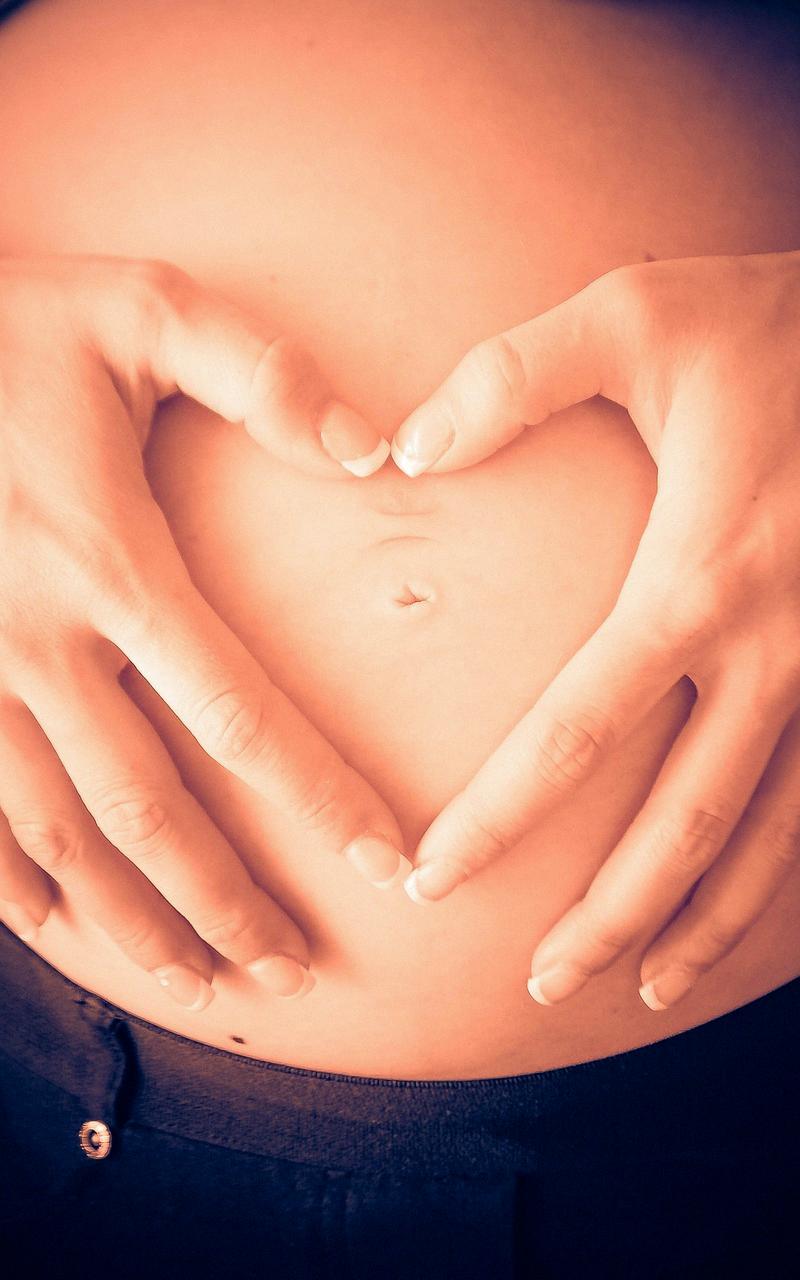When it comes to the fascinating phenomenon of twins, there is often speculation about whether their occurrence is more influenced by genetics on the maternal or paternal side. While the answer is complex and multifaceted, research suggests that the likelihood of having twins is more strongly associated with genes passed down from the mother.
The Role of Maternal Genetics in Twin Births
Multiple studies have indicated that hyperovulation, the release of multiple eggs during ovulation, is a key factor in the conception of fraternal twins. Interestingly, genetic factors related to hyperovulation tend to be more prevalent on the maternal side. This suggests that a woman’s genetic makeup may play a significant role in determining her likelihood of conceiving twins.
The Influence of Paternal Genetics
Conversely, while the mother’s genetics can impact the chances of having twins, research indicates that heredity on the father’s side does not significantly increase the probability of twins occurring. This suggests that the genetic contribution from the paternal lineage may not be as influential in determining the likelihood of twin births.
Genetic Variability and Twin Occurrence
It is essential to recognize that each individual’s genetic makeup is unique and that various factors can contribute to the occurrence of twins. While maternal genes may play a more prominent role in hyperovulation and twin births, the interplay of genetic variability from both parents ultimately shapes the likelihood of conceiving twins.
Environmental and Lifestyle Factors
It is also important to consider that environmental and lifestyle factors can impact the likelihood of having twins. While genetics undoubtedly play a crucial role, external influences such as nutrition, age, and overall health can also contribute to the probability of conceiving twins.
The Intricacies of Genetic Inheritance
Genetic inheritance is a complex process that involves the transmission of traits and characteristics from both parents. While some traits may be more strongly linked to one parent’s genetic makeup, the combination of genetic contributions from both the mother and father ultimately determines an individual’s genetic predispositions, including the likelihood of having twins.
Cultural Perspectives on Twins
Throughout history, twins have been revered and celebrated in various cultures worldwide. The significance placed on twins in different societies underscores the diverse perspectives on the occurrence of twins and the ways in which they are perceived within different cultural contexts.
The Mystique of Twin Births
The birth of twins has long been shrouded in mystique and wonder, captivating people with its rarity and symbolism. Whether viewed as a stroke of luck, a genetic miracle, or a cultural symbol, the occurrence of twins continues to intrigue and fascinate individuals across the globe.
Parental Bonds and Twin Relationships
For parents of twins, the unique bond shared between their children often holds a special place in their hearts. The dynamics of twin relationships, shaped by genetic influences and individual personalities, create a profound and enduring connection that enriches the lives of both the twins and their families.
Nurturing and Supporting Twin Development
As twins grow and navigate their unique journey together, it is crucial for parents and caregivers to provide a nurturing and supportive environment that honors their individuality and fosters their bond. Understanding the genetic factors at play can help create a supportive framework for the healthy development and growth of twin siblings.
Conclusion: The Genetic Influence on Twin Births
In conclusion, while the occurrence of twins is influenced by a combination of genetic, environmental, and lifestyle factors, research suggests that the likelihood of having twins is more closely associated with genetic factors on the maternal side. The interplay of genetic contributions from both parents, alongside external influences, shapes the intricate tapestry of twin births, highlighting the complexity and wonder of human genetics and reproduction.

